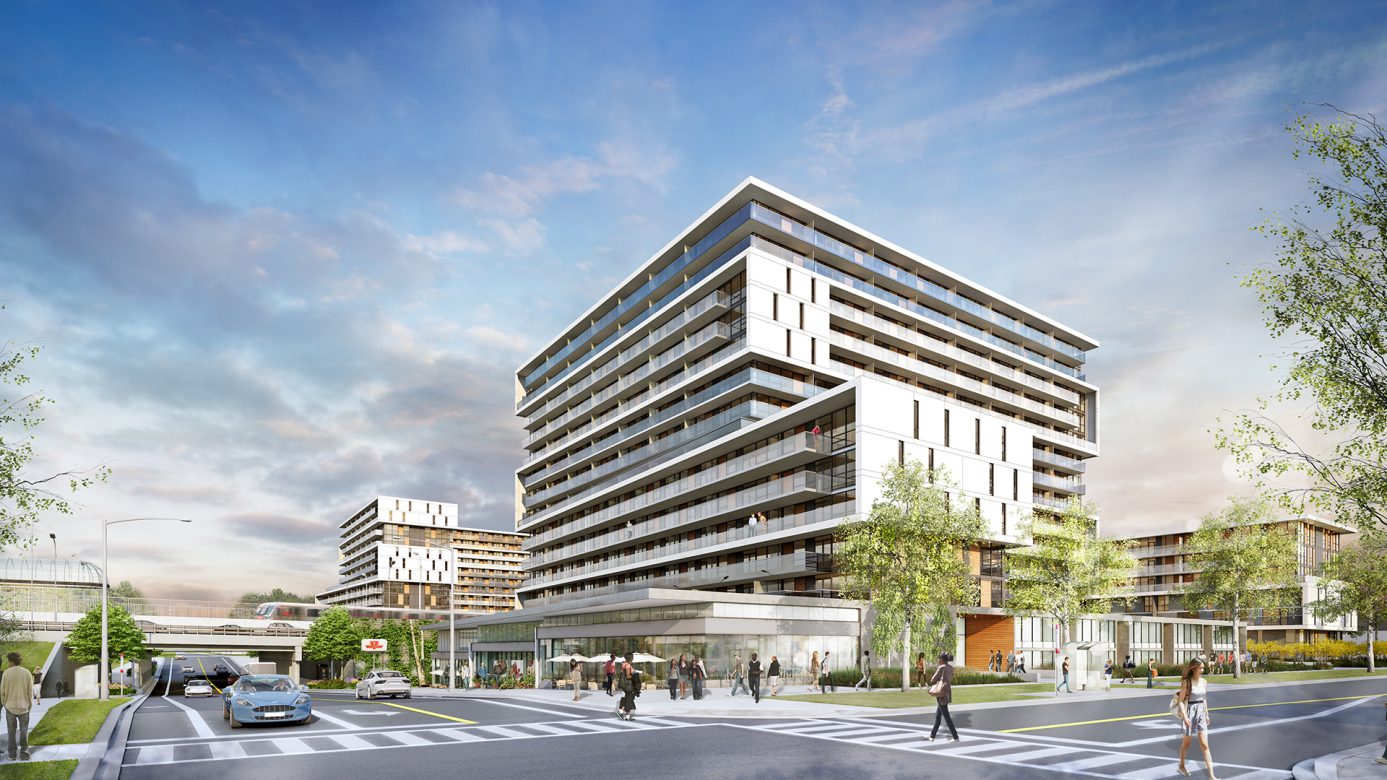
15.08.18 - What are the keys to designing successful social housing? Azure asks the experts, including Mark Sterling and Drew Sinclair (MArch 2007)
In Toronto, the waiting list for subsidized housing has surpassed 90,000. On this front, Canada's largest city is not unique — building new affordable homes is a challenge faced by municipalities around the world.
How can cities to create affordable housing that avoids many of the pitfalls of that past? Writer John Lorinc interviewed professionals in the field — including the Director of our Master of Urban Design program Mark Sterling and alumnus Drew Sinclair (March 2007) — to identify "six key design principles that should be considered if the next generation of social housing is to be successful." The article can be found in the September issue of Azure.
A principal at Acronym Urban Design and Planning, Sterling is an advisor on the Lawrence Heights project in Toronto. The 40.5 hectare complex operated by the Toronto Community Housing Corporation is one of the largest mixed-income projects in Canada. Plans include both subsidized and market units, which, Lorinc writes, will help prevent the type of isolation common to social housing built in the past. Visit KPMB's website to view its designs, with Page + Steele IBI Group, for the first phase of the project. KPMB is the firm of Bruce Kuwabara, BArch 1972; Marianne McKenna; and Shirley Blumberg, BArch 1976.
Flexibility is also a key to the success of new affordable housing projects. "Many traditional affordable-housing complexes were highly inflexible, both in terms of design and with the restrictions imposed on the uses of open space at their bases," writes Lorinc. He points to a proposed project in Hamilton by OFFICEArchitecture with SvN Architects and Planners aims to change that.
Drew Sinclair SvN's managing principal, says the idea is to allow owners to purchase "lots" or "bays" and assemble apartments of varying sizes (studio to three-bedroom) rather than limit residents to a series of pre-configured floor plans. In addition, the building will be constructed with modular walls and concrete columns instead of sheer walls, enabling owners to add to or subdivide their units as their life circumstances change. The modularity gives households making as little as $25,000 a year the opportunity to buy in.
Pick up the most recent copy of Azure to read the full article. Its September issue focuses on urbanism and asks "what makes a city livable and inclusive for all?"
Image, top: Lawrence Heights redevelopment project rendering by KPMB, the firm of Bruce Kuwabara, BArch 1972; Marianne McKenna; and Shirley Blumberg, BArch 1976.

